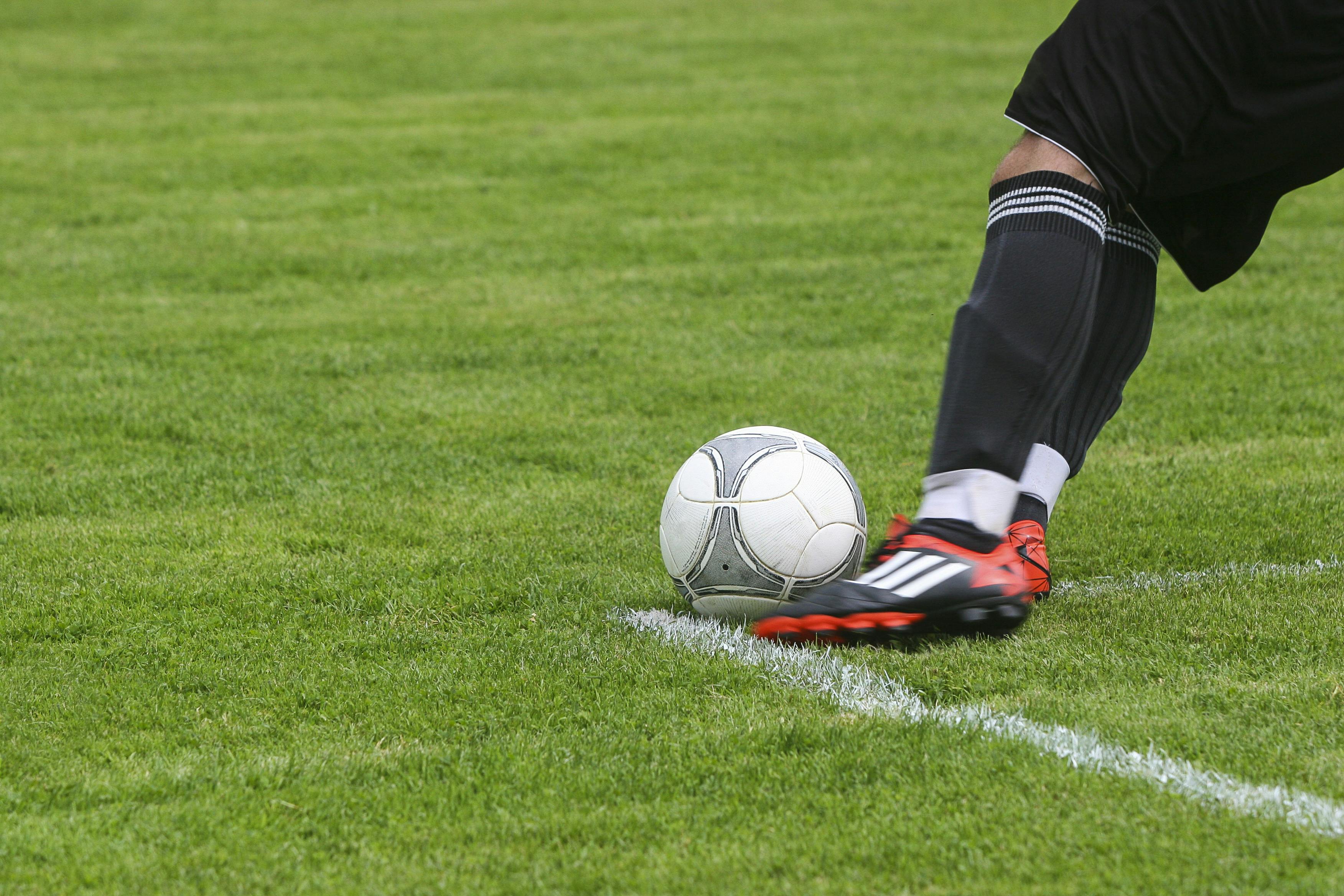Breaking Down the Biomechanics of a Spectacular Soccer Kick
Soccer, or football as it's known outside of the United States, is a sport that captivates millions of people around the world. This global spectacle is a blend of athleticism, strategy, and an array of spectacular skills—including the art of a perfect kick. In this exploration, we delve into the biomechanics behind a soccer kick, unraveling the science that allows the world's best players to strike with precision and power.

The Science Behind the Kick
A soccer kick is more than just a simple swing of the leg. It involves complex coordination of different body parts, timing, and balance. The power for a kick doesn’t come solely from the leg, but from a chain of movements starting from the ground up.
The Kinetic Chain: Power from the Ground Up
The kinetic chain theory describes how forces travel through the body. For a powerful kick, it starts with the planting foot, which provides stability and balance. The energy then travels up to the leg into the hip and torso, creating a rotational force. This force is transferred to the swinging leg, culminating in the foot striking the ball.
The Art of Striking: Placement and Follow-through
The point of contact and the follow-through are crucial for the accuracy and power of the kick. Striking the ball with the instep allows for maximum surface area, while the follow-through determines the ball’s trajectory. A well-executed follow-through, with the foot continuing its motion even after striking the ball, can add considerable distance and speed to a kick.
The Role of Flexibility and Strength
Flexibility and strength are key components in executing an effective soccer kick. Strong leg muscles can generate more power, while flexibility allows for a wider range of motion, which can lead to more accurate and effective kicks. Regular strength training and flexibility exercises are therefore essential components of a soccer player’s training regime.
The Mental Game: Decision Making and Precision
The biomechanics of a soccer kick are not just about physical prowess; mental acuity plays a significant role too. Players must make split-second decisions on where to place the kick, how hard to strike, and what technique to use—all while under pressure from the opposition and the ticking clock.
Understanding the science behind a soccer kick can elevate a player’s performance. It’s not just about raw power or flexibility—it’s the combination of multiple factors, all perfectly synchronized. The world’s best soccer players have mastered this complex sequence, turning the simple act of kicking a ball into a spectacle that captivates millions.





